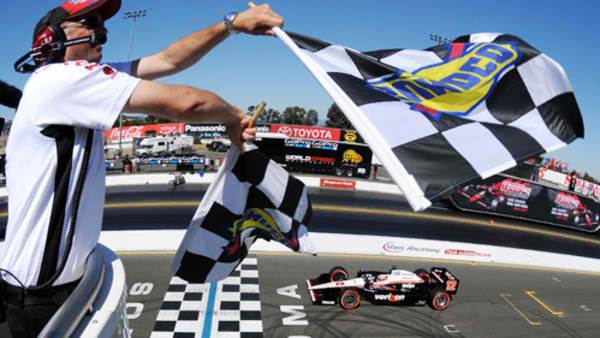All About Flags Used in Formula One Racing
All About Flags Used in Formula One Racing: Spectators at Formula One racing events pay attention to the race marshals using flags to send messages to the driver. The marshal, positioned around the track, each has ten different flags. Today the flags are a source of information for the audience. The speed of modern Formula One racing makes it difficult for drivers to realize the flag and react in a timely manner. Technological innovation now allows each Formula One racing cockpit to be equipped with a GPS marshalling system that displays flag colors when the driver passes the relevant track location.
 |
| All About Flags Used in Formula One Racing |
Flag Formula One racing follows a pattern. Many flags are common to most car racing events and are familiar to the general public. Others specifically for Formula One racing.
The black and white checkered flag is probably the most famous of all racing flags. The checkered flag indicates the completion of a session or race. During qualifying and training sessions, flags are raised when the specified time has passed. At the end of the Formula One race, the checkered flag is flown first to the winner and then to all the following cars so that they understand that the race has finished.
A red flag is also used to show the end of a Formula One racing session. Flying a red flag indicates that the session has ended earlier, generally due to poor track conditions or due to an accident. Yellow and red stripes tell the driver about adverse track conditions, such as oil or water on the track. It can also show debris on the track.
Marshals can wave one or two solid yellow flags in Formula One racing. A single yellow flag warns the driver to slow down. Overtaking is not permitted. The yellow flag shows a problem in the front, often a stranded car. Two yellow flags are waved at once to show the greater danger ahead and that the vehicle may be asked to stop. A single yellow flag along with the SC mark shows the driver that the safety car will enter the track.
When a slow moving vehicle has entered the track in Formula One, marshals racing raises a white flag, which indicates that speed reduction is needed. The green flag is raised as a message that the track has been removed and the race can be continued at full speed.
In Formula One racing, the blue flag serves as a warning signal to the driver that the car is approaching faster. Drivers are required to let the car pass faster. A driver who fails to let a car that is faster to pass after passing three blue flags can be punished.
Formula One races also use flags to communicate with drivers about their status.
The flag is half black, half white is used together with a sign indicating a particular car number. Formula One racing uses this signal to notify the driver that his behavior is not acceptable. If the behavior continues, the driver will be disqualified.
A solid black flag accompanied by a car number tells the driver that he has been disqualified and must return to the hole in the next round. The last flag used by marshal Formula One racing is a black flag with an orange circle in the center. This flag is raised to notify the driver that the vehicle's mechanical problems have been detected. The driver must return the car to the hole.
Flags allow Formula One racing audiences to easily follow the flow of Formula One racing events.

EmoticonEmoticon